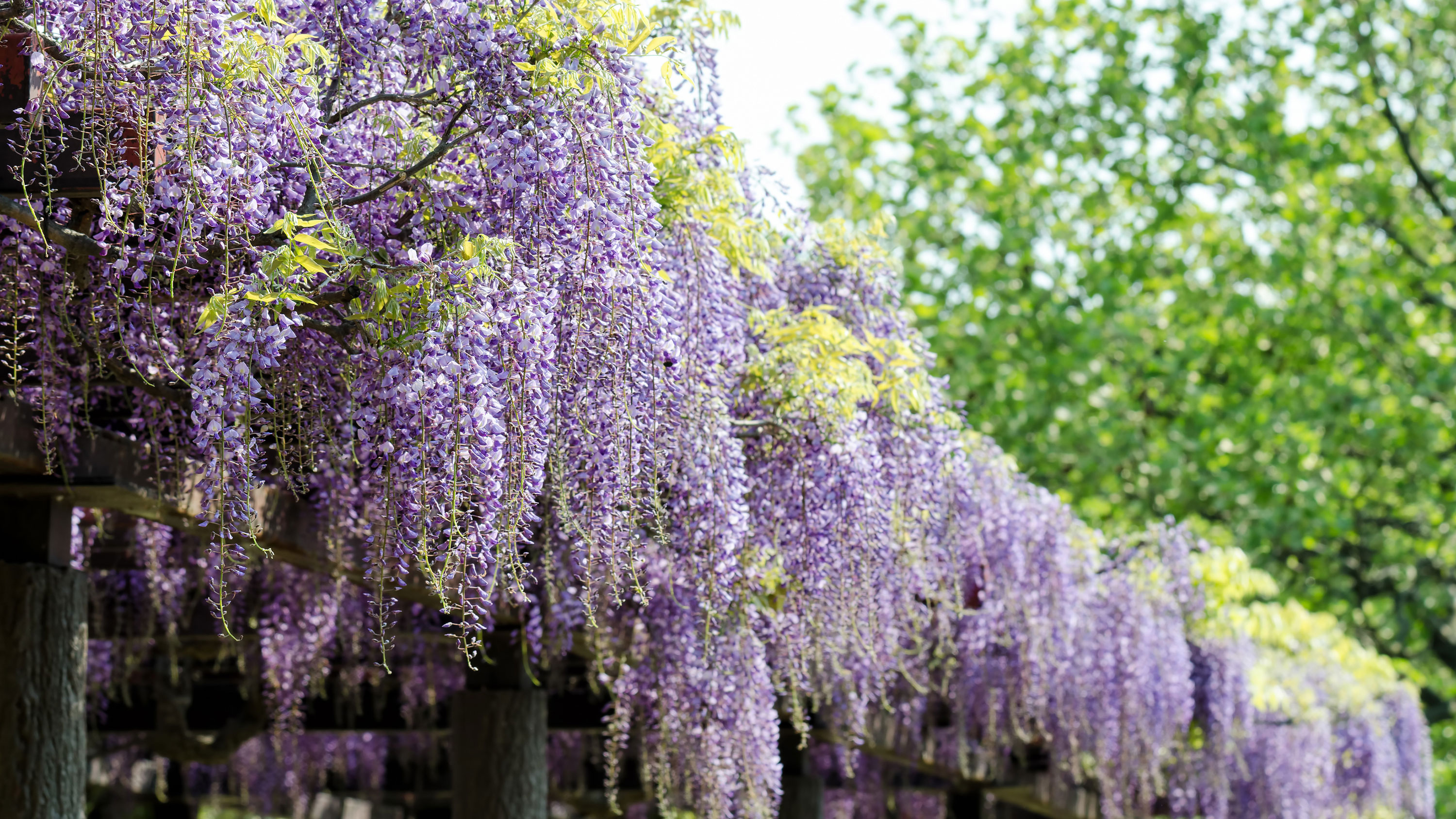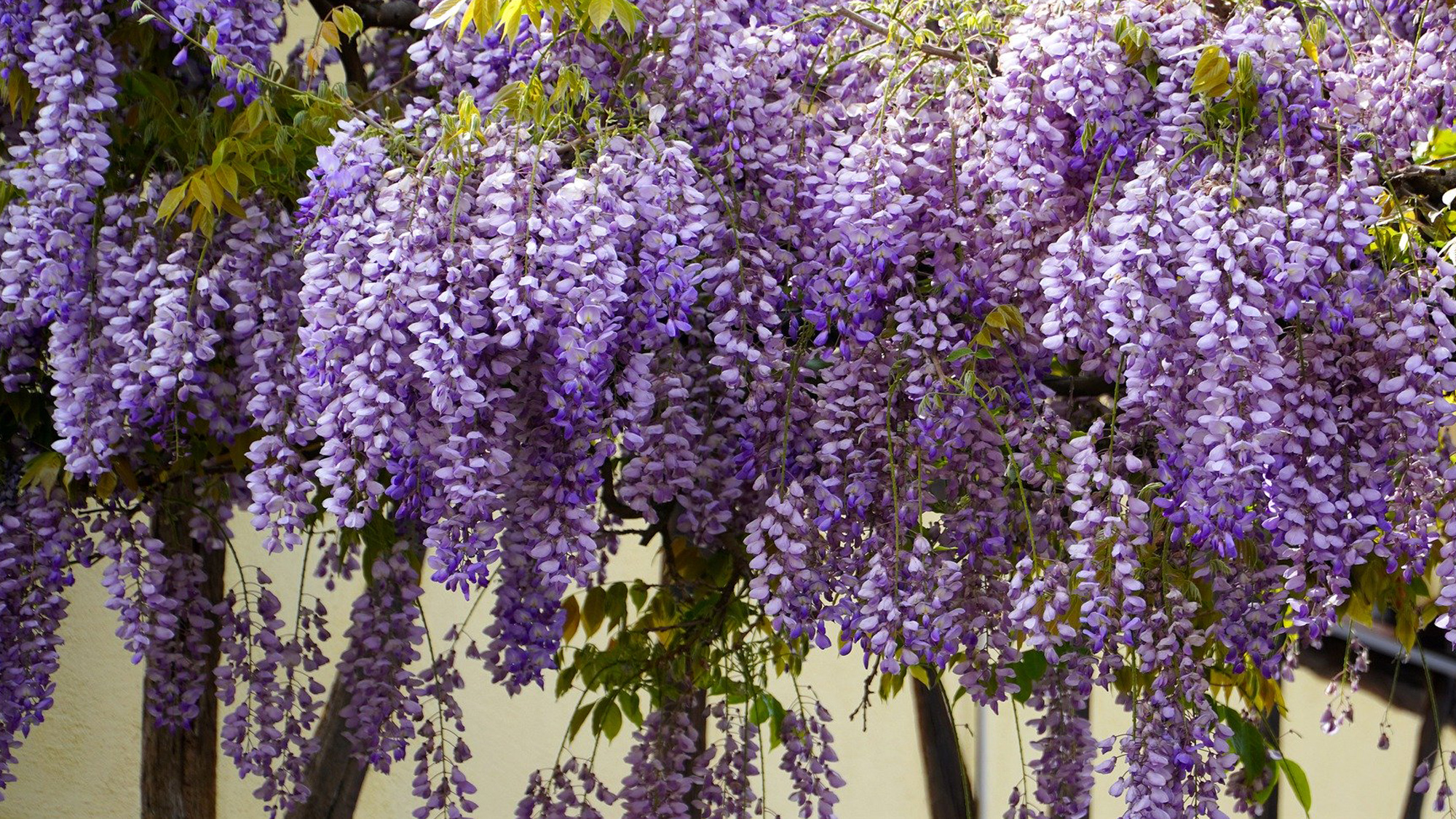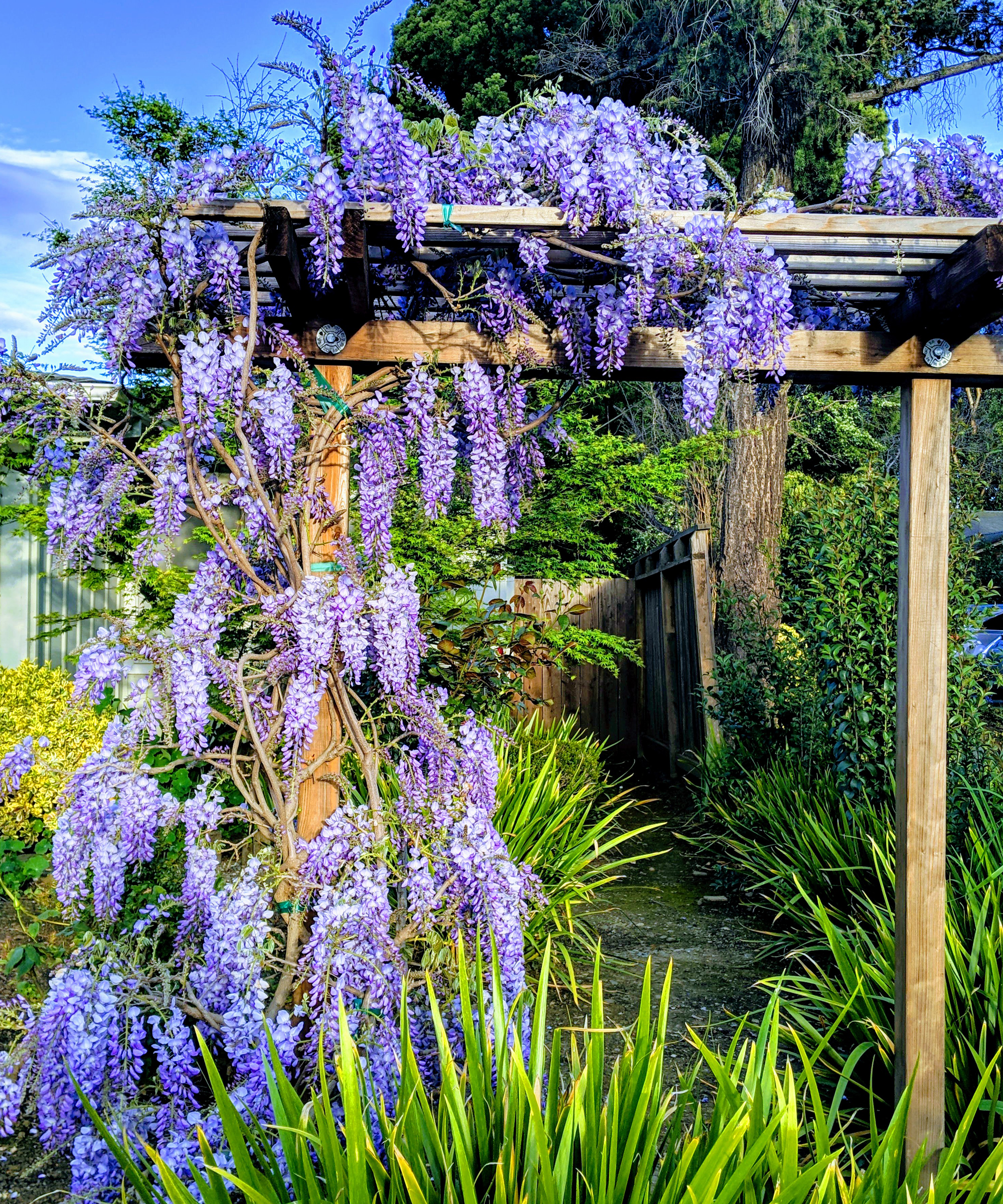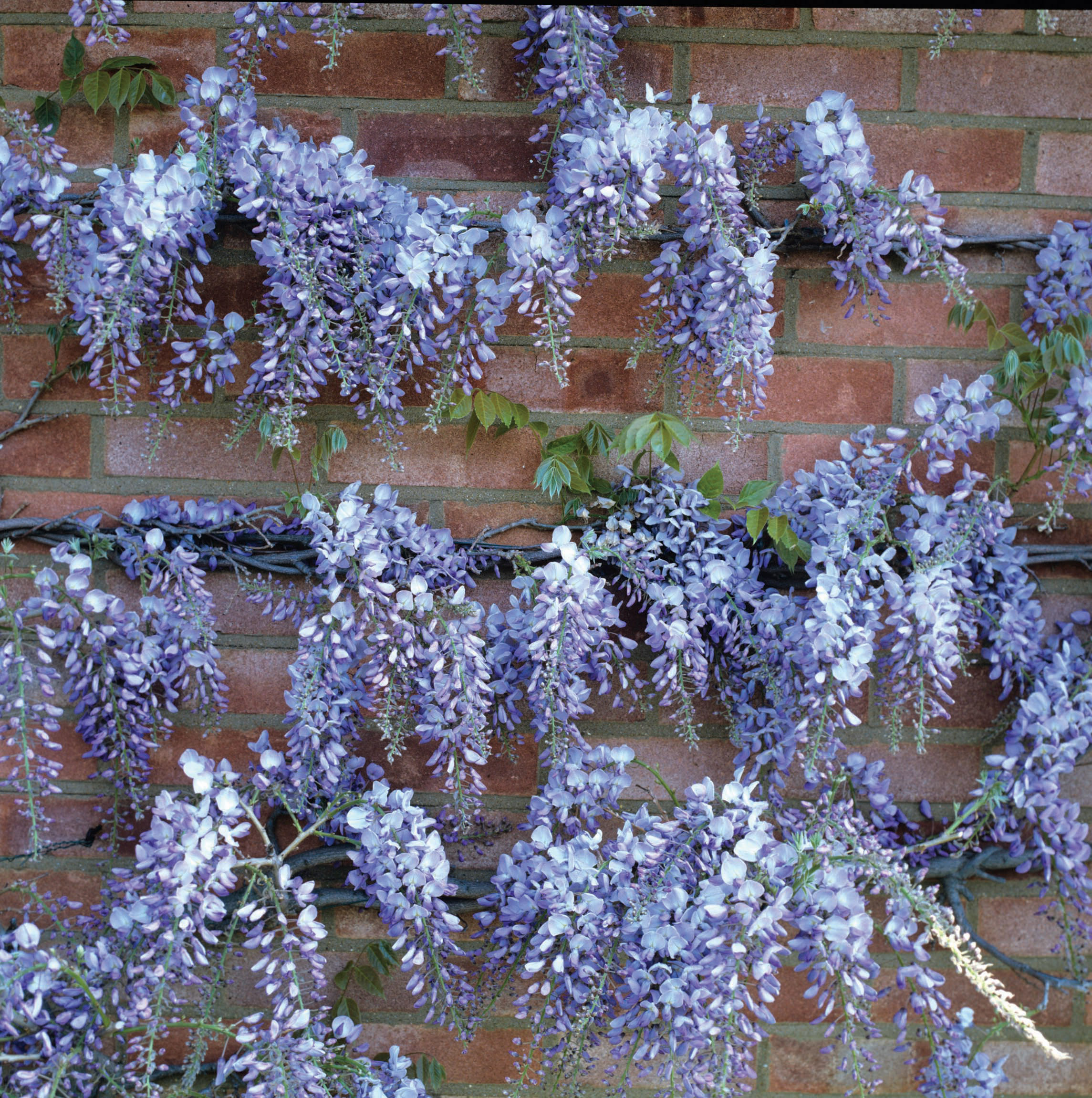Wisteria not flowering? Here are the top reasons why
If your wisteria is not producing any flowers, it's important to identify the reason. Here are the most common causes of bloomless wisteria, from climate conditions to gardener mistakes

Is your wisteria not flowering? A wisteria plant that has failed to produce its characteristic plump, highly scented blossoms is a huge disappointment to any gardener who has spent years learning how to grow wisteria. In fact, because wisteria doesn't look like much without the flowers, the sight of bare branches in spring can cause gardeners to panic.
However, it's much better to identify the reasons why your wisteria isn't flowering – the problem is often easy to remedy. We've asked Sue Sanderson, horticulture expert at Thompson & Morgan, to name the most common reasons why wisteria isn't flowering, and why they happen.
1. You're not pruning it (enough)

Pruning wisteria is essential if you want it flower. Sue said: 'Unlike many plants, wisteria needs to be pruned twice a year – once in late winter (February) to prepare the flowering spurs for the coming season, and again in mid-summer (July to August). Summer pruning controls those long, whippy shoots that are heading off into the distance, and encourages them to become flowering spurs instead.'
Remember: wisteria won't blossom on old wood, so you need to encourage those new shoots to develop.
2. You've bought a wisteria raised from seed

Plant grafting ensures that the sapling you bought from the local nursery or garden center will produce the desired blooms. Sue explains that 'wisterias grown from seed can take up to 20 years to flower.' Although it is rare for nurseries to sell wisterias that haven't been grafted, you should check 'the base of your plant’s stem for signs of a graft in order to eliminate this as a possible cause of flower failure.'
3. It's not getting enough water
As always, watering plants is essential not just for their survival but for keeping them in top condition. 'Wisterias often thrive on neglect, but they do appreciate some extra water between July and September. This is when the buds are formed for next year’s flowers. If they run short of water during these months this can reduce your display the following summer.'
4. It's been damaged by a spring frost

It is perfectly possible to grow wisterias in cold climates, but you do need to choose the spot where they are to grow a little more carefully. 'Spring frosts can sometimes cause the developing buds to drop before they get a chance to open. The best way to avoid this is to plant your wisteria in a sheltered spot.'
Learn more about how to protect plants from frost in our guide.
Will wisteria recover from frost damage?
Yes. Wisteria is a resilient plant and it will survive even a late spring frost, but you will see damage to flowers the year the frost has happened. Next year, cover your wisteria overnight to protect it but take care to remove the cover in the morning, especially if there are buds already present.
Anna writes about interior design and gardening. Her work has appeared in Homes & Gardens, Livingetc, and many other publications. She is an experienced outdoor and indoor gardener and has a passion for growing roses and Japanese maples in her outside space.
